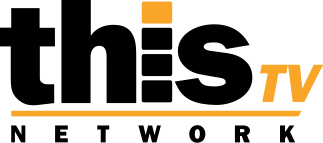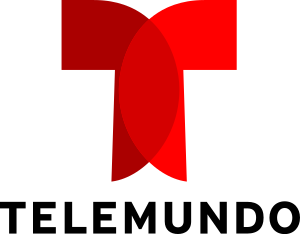| In
1983 the FCC reassigned UHF channels 70-83 for use by mobile telephony
- the
beginning of the cell phone era. A few decades later, with the DTV
transition about to
begin, UHF channels 52-69 were also reallocated for other
telecommunication purposes. At the same time, a freeze was put on all
new
applications for channel 51 in order to preserve a buffer zone between
television broadcasters and the newer services. All these changes
effectively cut the UHF TV band down
to almost half its former size.
Thus,
in two fell swoops, all the stations
that had been broadcasting on those discontinued UHF channels were forced
to change frequencies. Furthermore, it was determined that
the
VHF Low band, because of its sometimes unpredictable transmission
characteristics, was not well suited for the DTV age, so most of the
channel 2-6 stations also migrated to new frequencies - mainly into the increasingly crowded UHF band. Adding to this chaotic
scramble, many of the
stations that had been operating on a formerly acceptable channel
also had
to change their frequencies in order to avoid interference amongst
all the signals that were now swimming in a smaller pool.
But here's where it really gets confusing:
When
all these changes were in the planning stage, someone realized that the
public might have a hard time figuring out all the new channel numbers. And
after all, with due respect to the longstanding stations, those channel
numbers had represented their very identity for many years. That
channel number was their brand name so to speak, and no
self-respecting
station
would want to part with it. So in order to preserve this aspect of a
television station's identity, the geniuses-that-be devised a method
whereby digital tuners would display the station's old
familiar channel number even though that station might now be operating
on a different channel, perhaps even in a completely different
frequency band.
So, ever since 2009, what you see on your screen is not necessarily what you are getting.
For example, The South's First Television Station,
WTVR in Richmond, which had been operating on VHF channel 6 since 1948, has actually been transmitting on UHF
channel 25 following the digital transition.
Charlottesville's million
watt
powerhouse, WVIR, NBC 29 to those of us living in central
Virginia, was bumped up to channel 32 in the DTV
shuffle.
Staunton/Harrisonburg's PBS station, WVPT, which had
previously been seen on UHF channel 51, is one of the few stations that
switched
from UHF to VHF when the transition hit. They now operate
several low powered transmitters throughout the area on channel 11.
Not every station had to abandon their formerly analog channel however. Notably,
channels 7 and 9 from DC, channel 12 in Richmond, and 13 in Lynchburg
are still using their original VHF frequencies.
Meanwhile,
there is also a channel 13 and an 11 in Baltimore, so even your digital
tuner might get confused if you're in a location that can receive
multiple stations on the same channel. | 
It's all relative. |
The
funny thing is that when you tune your digital TV set (or DTA
converter box) to one of these stations it will show up as channel 6,
channel 29, or channel 51 just like it always did. This happens because
there is data embedded within each station's signal that
tells the tuner what numbers to display on the screen regardless of
what channel the signal is really coming in on. The displayed channel
number is usually referred to as the "Virtual Channel" or simply the
"Display Channel" as opposed to the "Radio Frequency" or RF / Real / Physical Channel / etc.
So why am I going on and on
about this? For one thing it explains why, when you are first setting up your
new digital TV tuner, you can't just punch in a number and expect to
find your usual stations where you think they should be. A digital TV or converter box has to go through a scanning
process to find out which channels the available stations are really on before it will let you
watch them. But here's one of my top secret tips that may help you find a particular station more easily:
I've discovered that some digital TV tuners will go straight to
the station you want if you punch in its Real Channel number on the remote control.
|








































